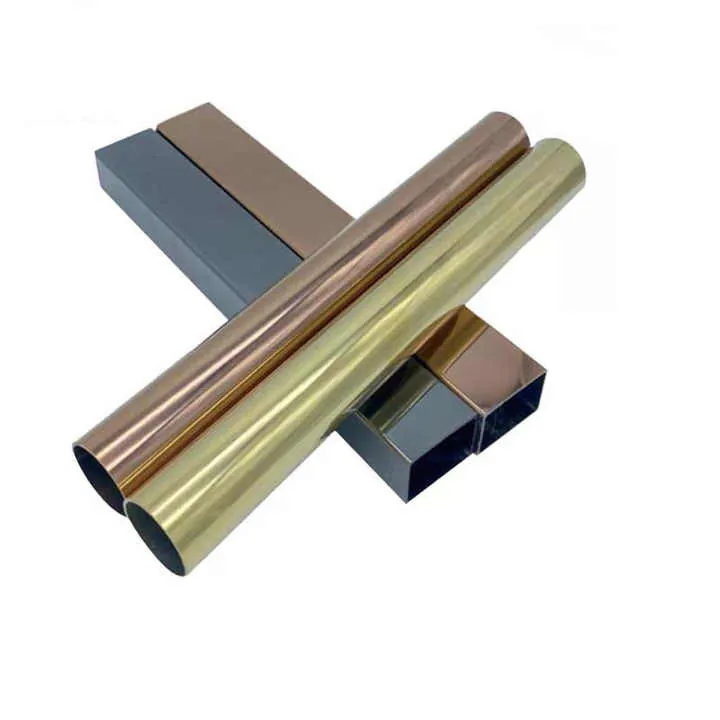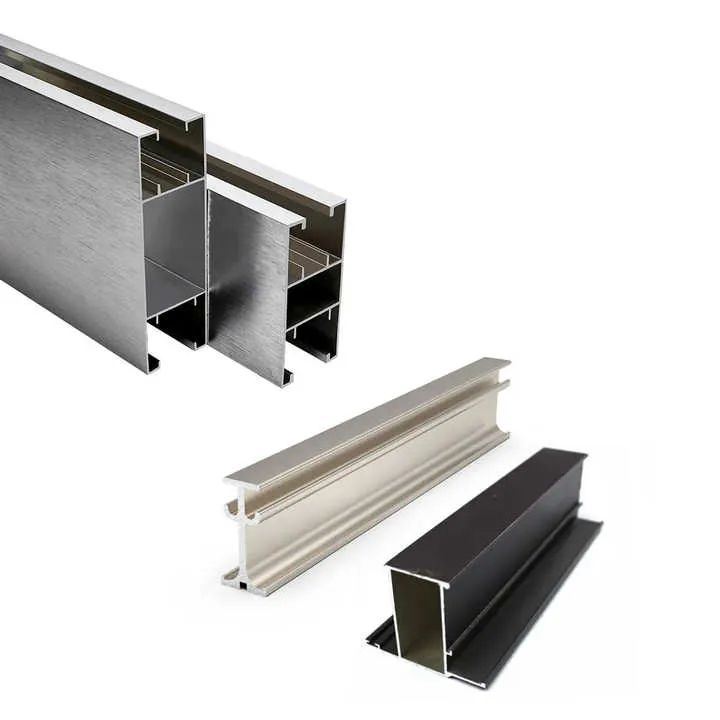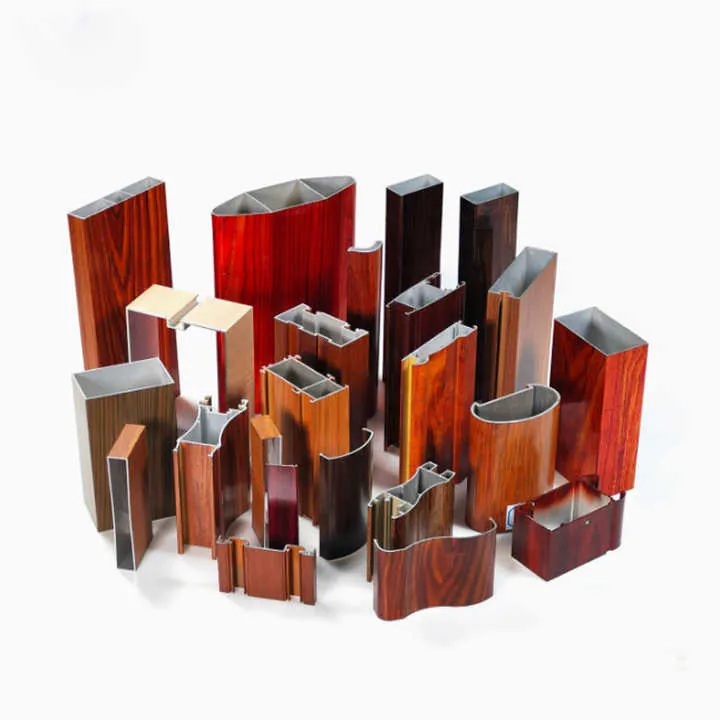What is the max width of extrusion profiles?

I once faced a challenge: could we make a profile wide enough for that big window frame?
Most aluminum extrusion presses can produce profiles up to about 800?mm wide, though with extra cost and tooling complexity.
Designers need to know how width affects feasibility and budget before moving ahead.
What equipment limits determine width?
I always check the press and tooling constraints first before finalizing designs.
Max profile width depends on billet size, press tonnage, and die tooling capacity.

Billet size is key: wider profiles need bigger billets. Standard billets go up to 700?mm diameter. Some custom setups go to 800?mm or 900?mm, but those are rare.
Press tonnage matters too. Wide profiles need more force to push metal through a big die. Press capacities range from 1,000 to 13,000 tons. For example:
- A 500?mm wide profile from 700?mm billet may need a 6,000?T press.
- Wider profiles up to 800?mm might need 10,000?T or more.
Die tooling must also match. A wide die requires more support. It must resist bending and maintain uniform metal flow. Tool shops sometimes reject very wide dies.
Production lines include cooling beds and handling conveyors. These must be long and wide enough for broad profiles. That raises investment for factory setups.
Billet diameter is the main limit on profile width.True
Billet diameter sets the maximum cross?section width a press can push. Without a large enough billet, you can't extrude wide profiles.
Press tonnage has no impact on profile width.False
Larger width increases required force. Inadequate tonnage will cause incomplete extrusion or die damage.
How wide can industrial presses go?
I once toured a plant with giant presses; it opened my eyes.
The widest commercial extrusions reach about 800?mm in width; very few presses and plants go beyond that.

Here’s a look at press capabilities:
- Small to mid-size: 1,000–3,000?T, up to ~300?mm billets → profiles to ~250?mm
- Large presses: 6,000–8,000?T, 700?mm billets → profiles ~500?mm
- Extra-large presses: 10,000?T+, 800?mm billets → profiles to ~800?mm
To extrude the widest shapes, you need special press lines with reinforced structures. These exist in only a few countries. Few companies have the casting, extrusion, and downstream equipment to support top-end width.
Very custom jobs may go beyond 800?mm, up to 1?m, but they need custom-built presses and dies. These are rare and costly.
How does width affect design cost?
I often warn new clients: “Wider profiles cost more—not just in material.”
Wider profile design and tooling cost more due to larger billet, stronger presses, heavier dies, and complex handling systems.

Cost factors
- Billet cost: A larger billet means more aluminum per meter and more expensive casting.
- Press cost: Higher tonnage and custom presses cost more to operate, plus more energy.
- Die tooling: Wide dies cost more to machine, require stronger steels, and longer lead times.
- Handling: Cooling beds, cutting machines, stacking systems must be wider and stronger.
- Yield and scrap: Wide extrusions need longer runs to hit efficient production. Short runs hurt yield and raise cost per part.
I run a quick cost comparison:
| Width (mm) | Estimated Tooling Cost | Press Size | Handling Upgrade Cost |
|---|---|---|---|
| 200 | Low | 3,000?T | Standard |
| 500 | Medium | 6,000?T | Medium |
| 800 | High | 10,000?T+ | High |
Break-even may require long production runs. For small projects, wide profiles don’t pay off.
Wider extrusion always costs much more to produce.True
Larger billet, tooling, and handling systems drive up costs significantly.
Wider profiles do not affect scrap rate.False
Wider extrusions need longer setups and runs to be efficient, otherwise scrap increases.
Can you combine profiles for larger width?
I once saw a massive display frame made from joined narrow profiles.
You can combine multiple narrower profiles via welding, joining, or mechanical fastening to get wider assemblies, though seamless strength is lost.

Joining strategies
- Welding (TIG or MIG): Creates strong seam but needs grinding and finishing.
- Mechanical fasteners: Bolts, brackets, T?nuts. Easy assembly but visible joints.
- Adhesive bonding: Clean look, distributes stress, but surface prep and curing are needed.
- Cold joining: Snap fits, crimping—fast for simple frames but limited load capacity.
Pros and cons
| Method | Max Combined Width | Strength | Appearance |
|---|---|---|---|
| Single extrusion | ~800?mm | High | Seamless |
| Welding | Unlimited | High | Post?work needed |
| Mechanical joint | Unlimited | Medium | Visible joints |
| Adhesive | Unlimited | Medium?High | Clean, requires prep |
By combining segments, you can reach any width. I had a 3?m display frame built from three 800?mm extrusions welded and finished. It performed well.
Conclusion
The max width of aluminum profiles is tied to billet size, press tonnage, and die tooling, typically maxing at ~800?mm. Larger requires custom setups and high costs. Wider shapes mean higher tooling and handling expense. Combining profiles offers a flexible alternative, balancing width, cost, and strength.



